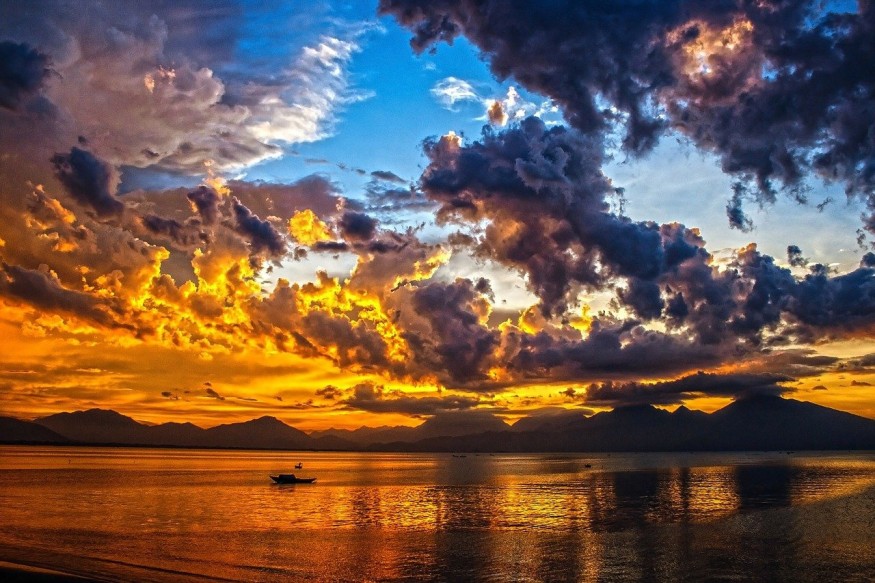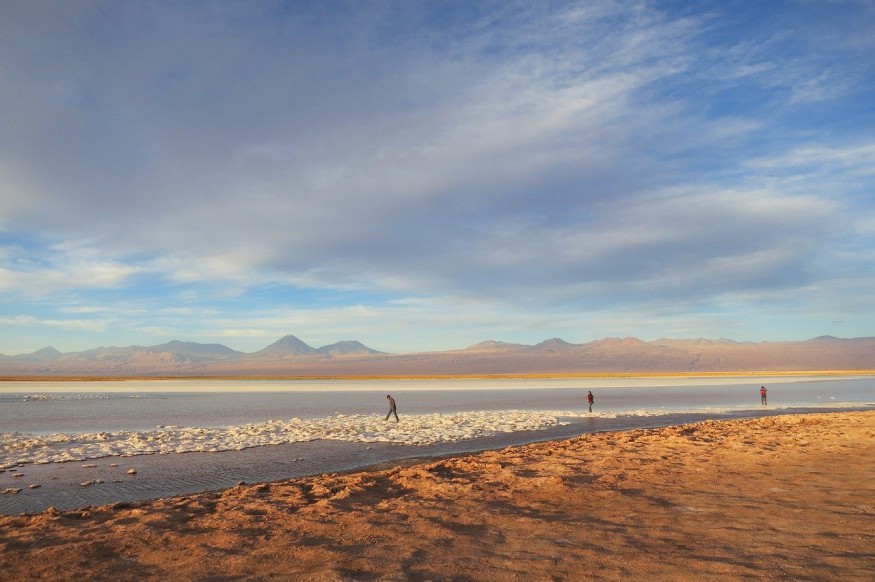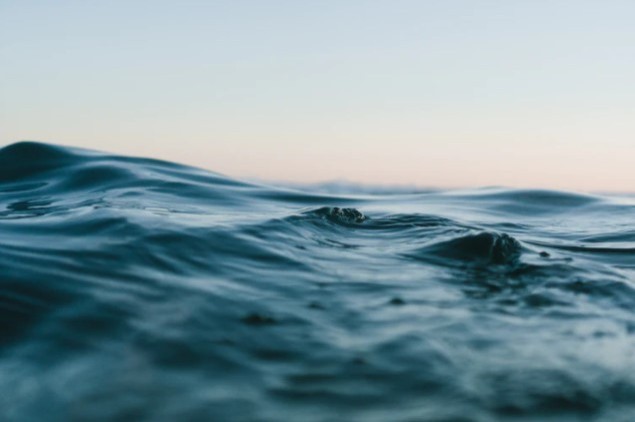Dead fish started turning up on Western Australian beaches ten years ago. A massive swath of hot water wreaked havoc on kelp forests and a slew of commercially valuable aquatic species, including abalone, scallops, and lobster. For the next few years, some of Western Australia's most profitable fisheries came dangerously close to extinction. Any of them have not returned to this day.

Studying Marine Heat

Scientists gathered after the disaster to analyze the damage to attempt and figure out what had sparked the unexpected warming. Jessica Benthuysen, a physical oceanographer at the Australian Institute of Marine Science in Perth, says, "This incident has such catastrophic effects for marine environments."
Since then, scientists have observed hundreds of similar hot spells in ocean regions around the globe, which they have dubbed "marine heatwaves." While scientists have come up with a few different definitions for the incidents, they all conclude that they include warm spells in the ocean's surface waters that last at least five days and exceed temperatures far above the normal range.
The Blob

According to Pippa Moore, a marine-community ecologist at Newcastle University in the United Kingdom, the effects of marine heatwaves will reverberate up the food chain. Phytoplankton development was harmed by warm, low-nutrient water in the Northwest Pacific during The Blob, a coastal heatwave from 2013 to 2016. Then the population of Chinook salmon (Oncorhynchus tshawytscha) plummeted, and up to one million seabirds died in the Gulf of Alaska. For the last few decades, large quantities of coral bleaching have occurred in reefs worldwide due to marine heatwaves.
In 2013, a massive marine heatwave known as The Blob formed off the western coast of North America and lasted until the middle of 2016. From 2003 to 2012, this chart depicts satellite readings of ocean surface temperatures, with colors showing values that are higher (red) or lower (blue) than the average. The slider compares April 2014 temperatures to March 2015 temperatures.
Marine heatwaves, like their terrestrial equivalents, are becoming more common, extending their duration, and raising them to higher temperatures due to climate change (see 'Fevered waters'). All of this emphasizes the importance of comprehending their causes and studying how to predict them.
Possible Use of the Study

Such forecasts will aid fisheries management in deciding whether to restrict harvests or even fence off certain areas entirely to fishing. Forecasting techniques are only in their infancy at the moment. However, with new observational data sets, ever-improving models, and a global focus on studying the phenomenon, scientists expect to boost their forecasts significantly in the coming years.
According to experts, this may be a big victory because the ocean offers hundreds of billions of dollars in food and other services, all of which are endangered by underwater heatwaves. Hillary Scannell, a physical oceanographer at Columbia University's Lamont-Doherty Earth Observatory in Palisades, New York, says, "We just need to get a grip on where and when these phenomena are going to occur." She claims that this would aid communities in planning on what to do as marine heatwaves strike.
General Impact on the Surrounding

In Brazil, the summer of 2013-14 was a tough one. In So Paolo, an extreme drought wreaked havoc on crops and caused water shortages. The ocean was boiling up around the exact moment, and chlorophyll concentrations - an indicator of biological efficiency - were plummeting. When Regina Rodrigues, a physical oceanographer at the Federal University of Santa Catarina in Florianópolis, Brazil, dug into the results, she discovered that the drought and ocean warming was caused by the same thing: a high-pressure atmospheric system that had sat over the country for most of the summer.
For more Environmental News, don't forget to follow Nature World News!
© 2025 NatureWorldNews.com All rights reserved. Do not reproduce without permission.





